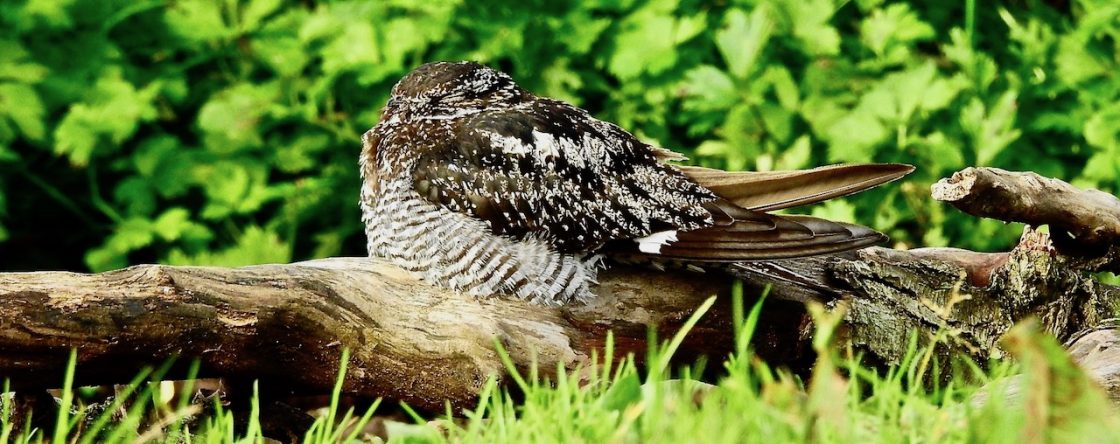
Two “drive by” Cattle Egrets opposite Christ the King on Bentham’s Way, Southport, on the road inland this afternoon.
No need to stop, and I pushed on to Martin Mere for an interesting hour with the Chiffchaffs around the sewage works behind the reedbed walk.
Mmm fragrant.
It was my first visit to the mere since the whole C-19 thing started, and Pete Morris was already grilling the Chiffies in the pathside scrub when I arrived.
There were three, possibly four, cold, pallid Siberian Chiffchaff tristis types, but frustratingly none of them called while I was there.
Three seemed to forage in a loose group, with one bird showing a pale base to the dark bill, one with the suggestion of a wing-bar caused by paler tips to its greater coverts, and all had cold grey mantles and crowns, contrasting with green on their wings and tail…
Big staring eyes on those grey faces.
Call damn you, call!
Not a toot.



It was difficult to follow them in the overcast conditions through the tangle of branches, much less get pictures, but they were interesting birds.
At least one conventional collybita Chiffchaff in the feeding flock, which also held Dunnock, Robin, Goldcrest, titmice and a true-to-form skulking Cetti’s Warbler.
Compared to the tristis types the collybita looked warm and buffy.


Sorting the Chiff from the Chaff no less.
A year-list fuelled squint at the feeders from the Janet Kear hide revealed four Bramblings, including a few nice males, and the Willow Tit, which visited twice while I was there, but both appearances were typically fleeting.



































